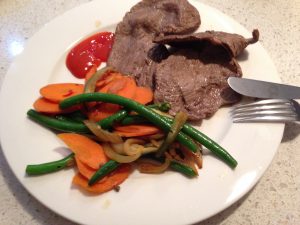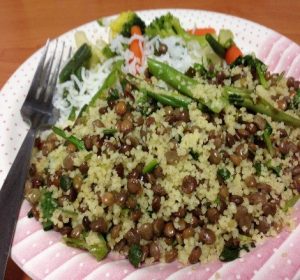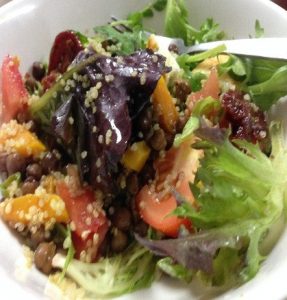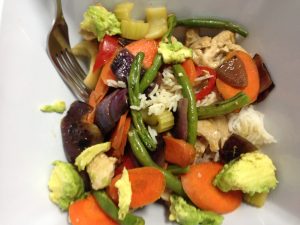Food and Diet
The foods that you eat generally fall into three main categories: proteins, carbohydrates, and fats. Each one has a very different impact on your body, which matters tremendously when it comes to reaching your goal physique. Now, they could be broken down even further, but to keep it simple, we’re going to approach them from a macro level, making them easier to understand.
Proteins
One of the primary sources of energy for your body comes in the form of proteins. These are foods that help your muscles repair themselves, they keep you fuller longer, and they also give you more than enough energy to endure very physical tasks. Without them, you would feel fatigued and never have the drive or motivation to do anything.

Some great sources of proteins to include in your diet are:
Lean grass fed meats like beef, pork, and lamb
Free range poultry such as chicken and turkey
Fish like salmon, tuna, halibut and herring
Free range eggs
Low-fat cottage cheese, Paneer (Indian cheese)
Lentils and beans
Nuts
Seeds like Quinoa
Because a lot of protein sources are animal-based, this causes some difficulty for people who are practicing vegetarians. Although there are a couple of wonderful plant-based protein options such as nuts and seeds, a large majority of the proteins are excluded which puts them at risk of deficiencies in foods that are generally also high in certain nutrients, such as iron and calcium.
So, if you have chosen to remove all or some of the animal proteins from your diet, you are going to want to make sure you get your protein intake in other forms so that you don’t risk any health-related complications. Add paneer (Indian Cottage cheese) to your menu or find other sources of protein such as lentils, nuts, beans, sprouts, Quinoa, Cottage cheese and Halloumi cheese that you are willing to eat
Some of the vegetarian choices prepared at my home
Carbohydrates
There has been a debate about carbohydrates for years, decades really. Should you include them in your diet or eliminate them? If you allow them, how many should you eat? Will you get closer to your goals if you go high-carb or low-carb? Trying to figure out “the truth” often leaves people so exhausted that they quit looking for the answers and just go about eating as they’ve always done, which keeps their goals at bay.
Over time, new information has continued to be received and what it boils down to, and research consistently confirms, is that not all carbohydrates are created equal. Some are good for you and help your body function efficiently, whereas others do just the opposite and often do more harm than good. How can two foods in the same category be so different? The answer lies in what they do to your blood sugar.
Think back to the last time you ate a candy bar or had a piece of birthday cake on an empty stomach. How did you feel afterward? Did you notice that you felt more awake and full of energy? If you did, how long did the feeling last?
Can you relate to this …??
Carbs like these gets into your bloodstream very quickly, causing your insulin levels to spike at super speed and then fall just as fast. The result is that you immediately feel a burst of energy that is all too soon replaced with tiredness and fatigue. Your body wants to feel that rush of energy again, so it creates a craving for more sugar, which is why it can be hard to make good food choices when you’re fighting your internal cue to opt for the not-so-good option.
Put your body through this sugar induced cycle too often and you risk becoming diabetic. In fact, more and more people are being diagnosed with type 2 diabetes nowadays which brings about a whole host of other health issues. This is largely because we, as a culture, tend to eat a lot of processed carbs. This directly affects our blood stream and starts messing with our ability to regulate our insulin levels.
We will continue our talk on food and diet on the next article…until then, let’s get started on what we have covered today…



Written by
Manoj Kumar
CEO of www.zura.com.au
Your active wear…Designed to Inspire


